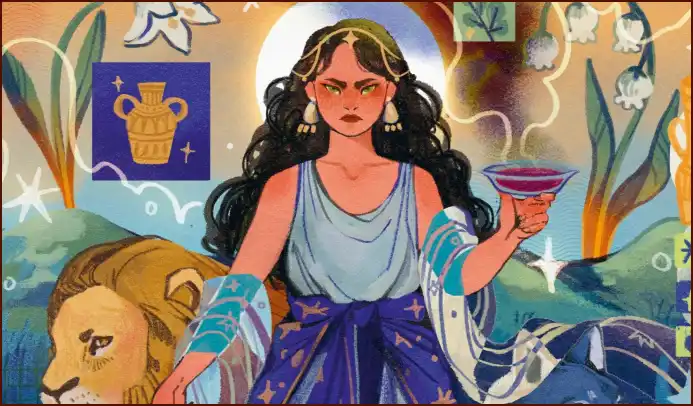Far from being a relic of the past, witchcraft today is a vibrant and growing spiritual path embraced by people all over the world. The 20th and 21st centuries have seen a powerful revival of interest in pagan and nature-based religions, with modern witchcraft, or Wicca, being one of the most prominent expressions of this movement.
Table of Contents
Contemporary witchcraft is incredibly diverse, encompassing a wide range of traditions, beliefs, and practices. However, most forms of modern witchcraft share a common set of core principles: a reverence for nature, the practice of magic as a tool for positive change, and the worship of both a god and a goddess.
🌿 The Birth of Modern Wicca
The modern revival of witchcraft can be traced largely to one man: Gerald Gardner (1884-1964), a retired British civil servant. In the 1950s, Gardner went public with his claims of having been initiated into a surviving coven of witches in England. He published several books, most notably *Witchcraft Today* (1954), which laid the foundation for the tradition that would come to be known as Wicca.
Gardnerian Wicca, as it is called, is a structured tradition with a clear theology, ethical code (the Wiccan Rede), and a set of seasonal rituals (the Sabbats). Gardner’s work synthesized elements from a wide variety of sources:
- Ceremonial Magic: From orders like the Hermetic Order of the Golden Dawn.
- Folklore: Drawing on the work of folklorists like Margaret Murray.
- Freemasonry: Which influenced its initiatory structure and degree system.
Gardner’s writings sparked a wave of interest and led to the formation of new covens and the development of numerous other Wiccan and witchcraft traditions.
🔮 A Diverse and Eclectic Path
While Gardnerian Wicca remains an influential tradition, witchcraft today is characterized by its incredible diversity. Many modern witches are eclectic practitioners, meaning they do not follow a single, established tradition. Instead, they create their own personal spiritual path by combining elements from various sources, including different witchcraft traditions, world mythologies, and other spiritual systems.
Many witches today are also solitary practitioners, choosing to practice their craft alone rather than as part of a coven. The rise of the internet and social media has been a major factor in the growth of solitary practice, creating a global community where witches can share knowledge, spells, and experiences without the need for a local, in-person group.
✨ Witchcraft as a Path of Empowerment
For many contemporary practitioners, witchcraft is a path of personal and political empowerment. It offers a spiritual framework that is earth-centered, life-affirming, and values the divine feminine, providing a powerful alternative to mainstream patriarchal religions.
The practice of magic is seen as a way to take control of one’s own life and effect positive change in the world. In a world facing ecological crisis, the nature-based spirituality of modern witchcraft has also resonated deeply with those seeking a more harmonious relationship with the planet.
—
Atkinson, Hazel. The Extraordinary History of Witches. 2025.
More Topics
- Curses: The History of the Evil Eye and Binding Magic
- Magical Plants: A Witch’s Garden of Herbs and Poisons
- Roman Magic: Curses, the Strix, and Everyday Protection
- Circe: The Greek Sorceress of Transformation and Myth
- Greek Magic: Hecate’s Power, Oracles, and Enchantresses
- Japanese Magic: Yōkai, Onmyōdō, and Supernatural Folklore
- Empress Chen Jiao: The Royal Scandal of Witchcraft in Han China

